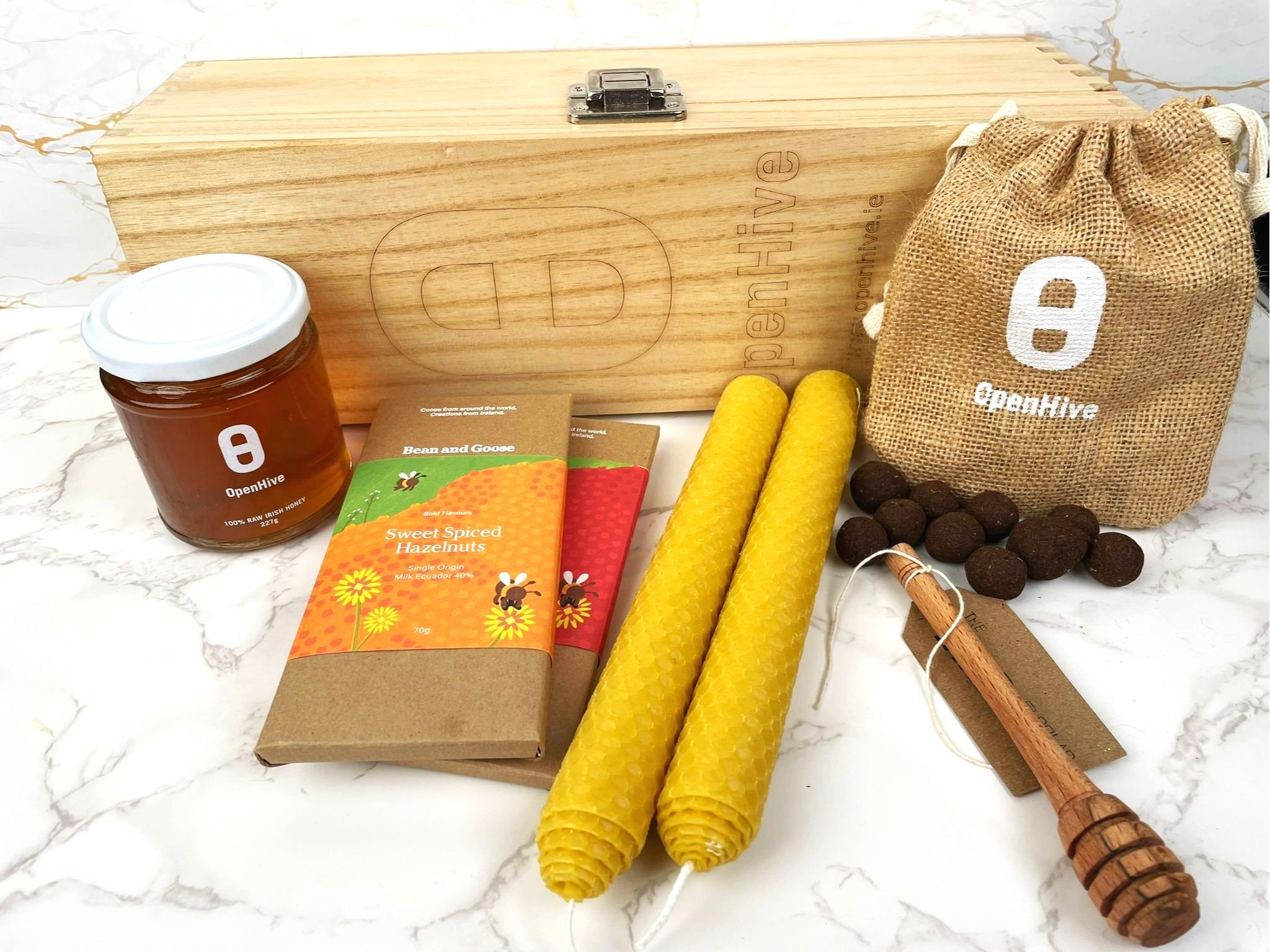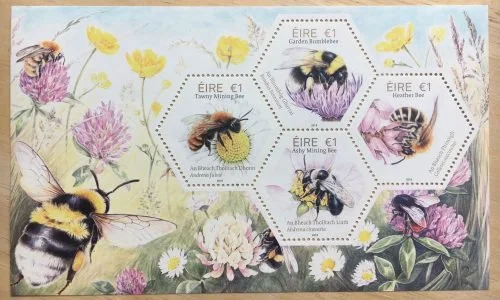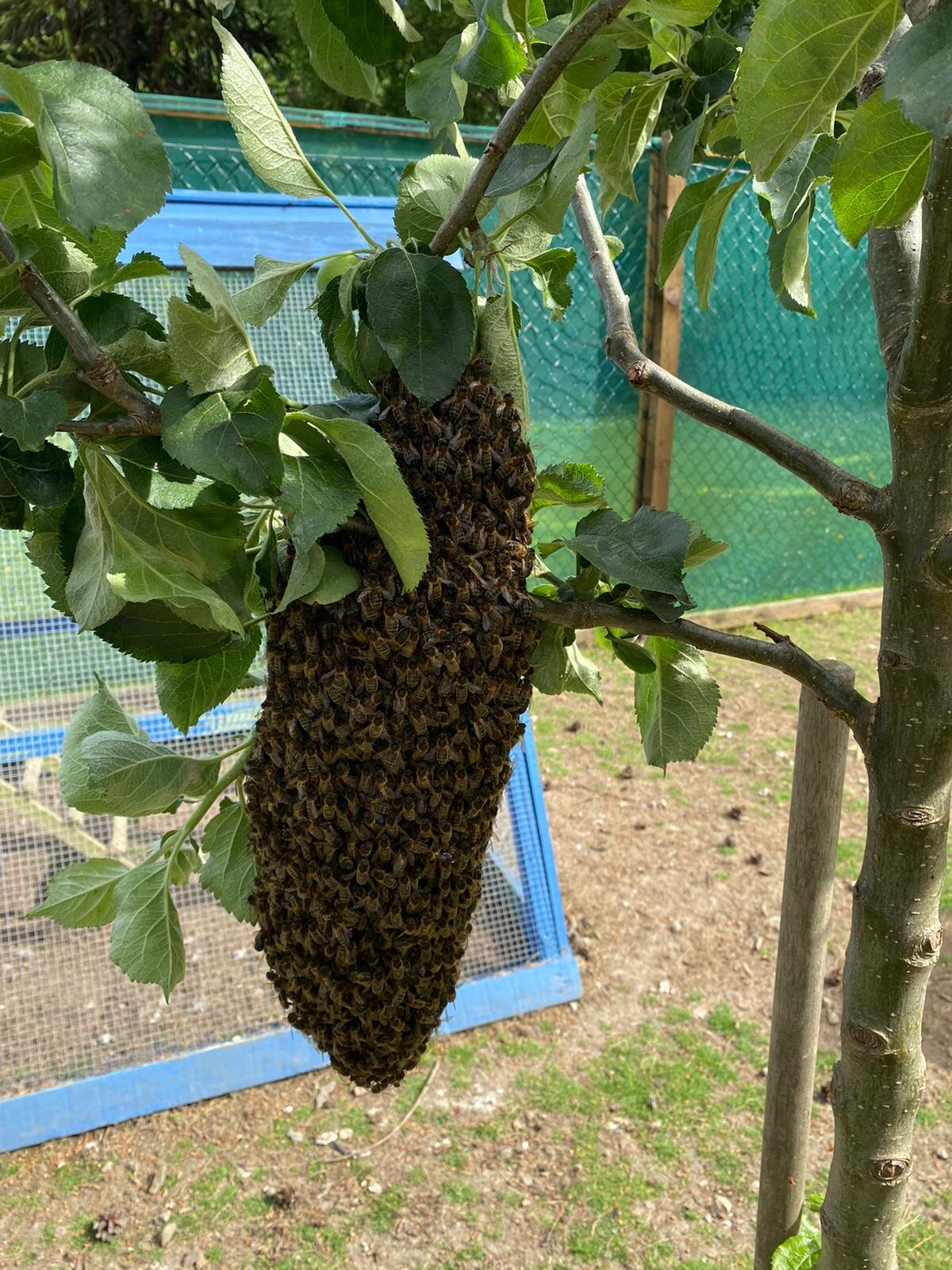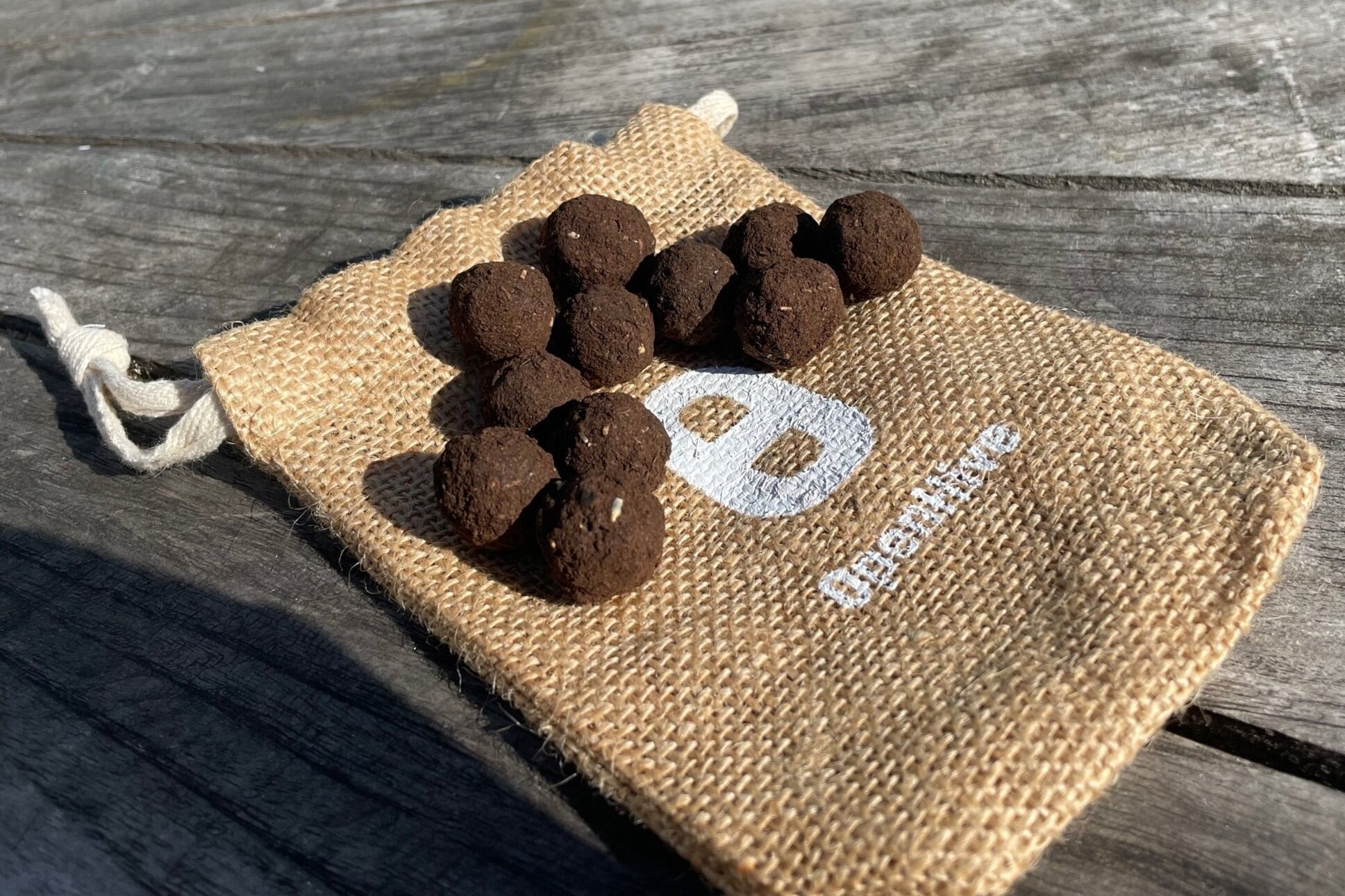We are delighted to launch our Christmas range - a personalised Christmas gift box containing our delicious raw Irish honey, two hand-rolled Irish beeswax candles, a hand turned beech wood honey dipper, native Irish wildflower seed bombs and two bars of artisan Bean and Goose chocolate. Each box is laser engraved to personalise it with a name of your choice.
Each gift comes with an exclusive queen rearing certificate. The recipient has the opportunity to name a new queen being reared in 2022. Each queen will go on to reign over a colony of roughly 50,000 native Irish honey bees by mid summer 2022. This is a Christmas gift that not only is a wonderful gift, it will help our native Irish honeybees to thrive. See our web store for more info: https://www.openhive.ie/shop/christmas-gift-box





























